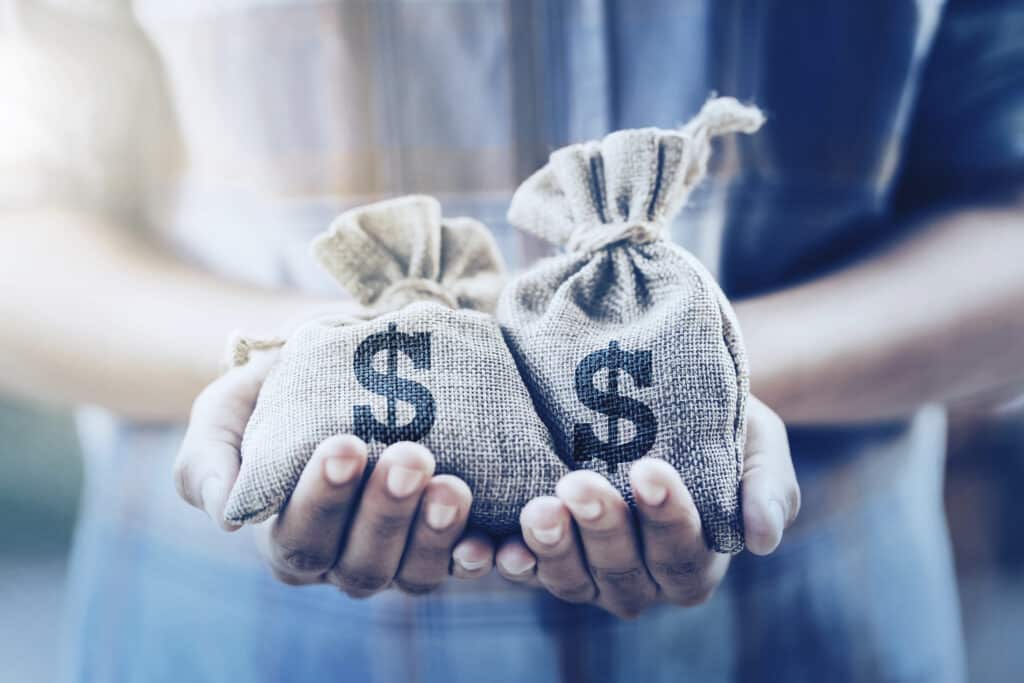Question: “Given the current financial climate, should I prioritize paying off my unsecured debts with the highest interest rates first or focus on building an emergency fund for added security?” Alison G. from Ocala, FL
Dear Alison,
Thank you for reaching out with such an important question. Balancing debt repayment with building an emergency fund is a common dilemma many people face, especially given the current financial climate. Your instinct to consider both is spot on, as each plays a crucial role in securing your financial stability. Let’s explore the best approach to managing these priorities effectively.
Step 1: Build a Starter Emergency Fund
Before diving into aggressive debt repayment, it’s wise to have a small emergency fund in place. This fund acts as a financial cushion against unexpected expenses, such as car repairs, medical emergencies, or sudden job loss. Without this buffer, you might find yourself relying on credit cards, which can exacerbate your debt situation.
Request Your Free Consultation
Aim to save at least $1,000 as quickly as possible. This amount isn’t a full safety net but provides a baseline of security to handle minor financial hiccups. You can achieve this by:
- Cutting non-essential expenses: Temporarily reduce dining out, entertainment, and other discretionary spending.
- Selling unused items: Consider selling items you no longer need on platforms like eBay, Facebook Marketplace, or at a garage sale.
- Increasing your income: Take on a side gig or freelance work to boost your savings.
Step 2: Tackle High-Interest Debt
Once you have your starter emergency fund in place, it’s time to focus on high-interest debt. These debts, often from credit cards or personal loans, can accumulate quickly and make it harder to achieve financial freedom.
Prioritize paying off debts with the highest interest rates first. This strategy, known as the avalanche method, reduces the total amount of interest you pay over time, helping you get out of debt faster. Here’s how to do it:
- List your debts: Write down all your unsecured debts, their balances, and interest rates.
- Order by interest rate: Rank them from highest to lowest interest rate.
- Make minimum payments: Continue making minimum payments on all debts except the one with the highest interest rate.
- Pay extra on the highest-interest debt: Allocate any extra funds towards this debt until it’s paid off, then move to the next highest interest rate debt.
Step 3: Resume Building Your Emergency Fund
After addressing your high-interest debts, it’s essential to return to building your emergency fund. A well-funded emergency savings account can provide long-term financial security and peace of mind.
Aim for an emergency fund that covers 3 to 6 months of living expenses. This larger fund protects you against more significant financial setbacks, such as prolonged unemployment or major medical expenses. Here’s how to continue building it:
- Automate your savings: Set up automatic transfers from your checking account to your emergency fund savings account.
- Reevaluate your budget: Look for additional ways to cut costs and increase your savings rate.
- Consider a high-yield savings account: These accounts often offer better interest rates, helping your savings grow faster.
The Benefits of a Balanced Approach
By balancing your efforts between debt repayment and saving, you create a more resilient financial foundation. This strategy not only helps you avoid additional debt but also provides a safety net that can reduce stress and improve your overall financial health.
How Money Fit Can Help
If managing this balance feels overwhelming, or if your debt seems insurmountable, consider seeking professional assistance. Money Fit by DRS offers free consultations to help you understand your options and create a personalized plan. Our debt management program can consolidate your unsecured debts into one manageable monthly payment, often at a lower interest rate.
Did You Know?
According to a 2022 study by the Federal Reserve, nearly 40% of Americans would struggle to cover a $400 emergency expense without borrowing money or selling something. This underscores the importance of having an emergency fund in place, even while tackling debt repayment.
By working with Money Fit, you can receive expert guidance tailored to your unique situation, helping you achieve your financial goals more efficiently. Whether it’s building an emergency fund, paying off high-interest debt, or both, we’re here to support you every step of the way.
Final Thoughts
Alison, prioritizing your financial health involves both immediate and long-term strategies. By starting with a small emergency fund, tackling high-interest debt such as credit card debt or payday and other short term loans, and then building a more substantial emergency fund, you set yourself up for a more secure financial future. Remember, you don’t have to do it alone. Resources like Money Fit are available to help you navigate these challenges and achieve financial freedom.
Warm regards,
Rick Munster
Note: It’s advisable to consult with financial advisors or credit counselors to fully understand the implications of different debt consolidation and savings strategies. To speak with a certified credit counselor, you can call 1-800-432-0310.



